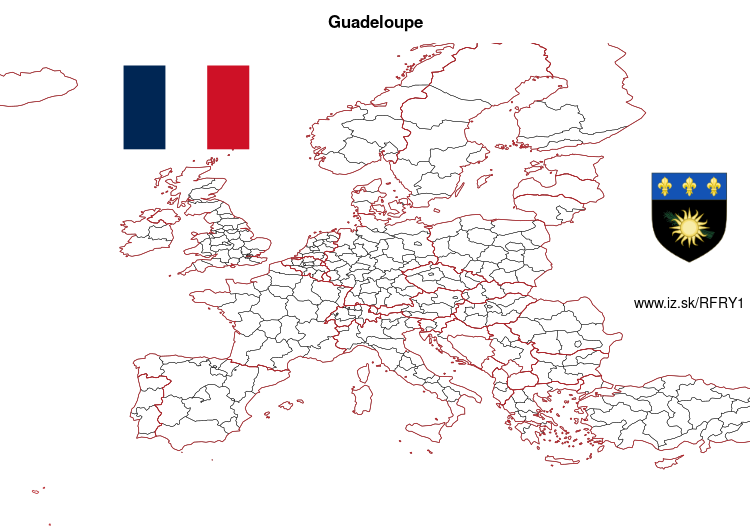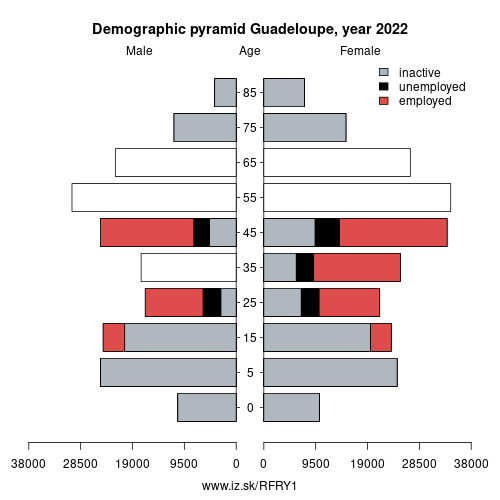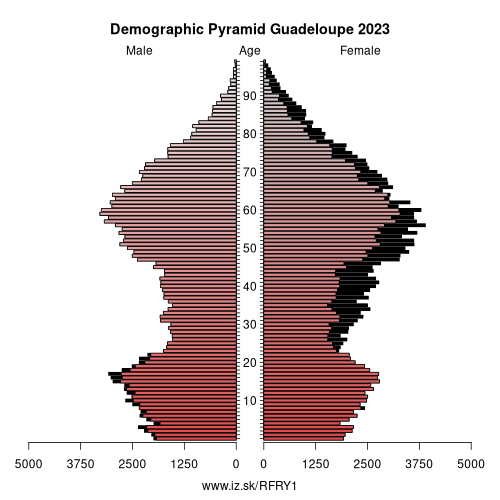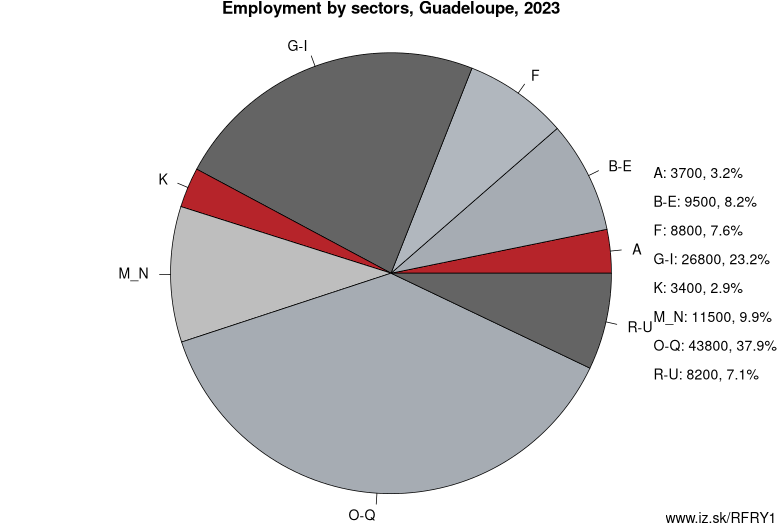- About us»
- Net income calculator»
- Population aging»
-
- Least developed regions»
-
- Average wage
- Material need benefits
- Meal allowance
- Counties of Slovakia
- Inflation
- Living and Subsistence Minimum
- Unemployment of Czechia and Slovakia
- NACE Classification
-
- Life expectancy
- Gender differences
- Youth unemployment and NEET
- Minimum wage in EU
- Unemployment rates of different age groups
- Share of salaries on GDP
- Unemployment rate
- Long term unemployment
- Percentage of employees ususally working at nights
- NEET
- Employment rate
-
- Bratislava and surroundings
- Kopanice
- Danube river
- lower Vah river
- middle Vár river
- upper Nitra river
- lower Nitra river
- Mining cities
- Kysuce a Orava
- upper Vah river - Liptov
- Spiš cities
- upper Hron river
- Juhoslovenská kotlina
- Košice fold and Torysa river
- upper Zemplín
- lower Zemplín
- EU regions
- NUTS3 regions of Slovakia
- LAU1 dataset
-
- Projects and activities
- Inclusive growth»
- Good work
- Project SKRS
- Social system – reality and vision
-
- Education of unemployed
- Young unemployed not taking part in education
- Proposal to change the system of education funding
- Library
- News»
- Contact
Guadeloupe – FRY1
EU regions: France > overseas department and region of France > Guadeloupe

| Indicator | Period | Value |
|---|---|---|
| Life long learning | ||
| life long learning participation | 2024 | 9.4 |
| Part time jobs and flexible employment | ||
| percentage of part time workers | 2024 | 17.84 |
| percentage of part time workers, men | 2024 | 13.73 |
| percentage of part time workers, women | 2024 | 21.08 |
| Gender differences | ||
| gender gap in employment rate | 2024 | 100.93 |
| gender gap in unemployment rate | 2024 | 94.8 |
| Graduates and young people | ||
| unemployment rate of youth with elementary education | 2013 | 62.5 |
| NEET | 2024 | 17.8 |
| Gross domestic product | ||
| GDP per capita in PPS of EU average | 2023 | 66 |
| Employment | ||
| employment rate | 2024 | 54.3 |
More on wikipedia wikidata Q17012 Guadeloupe slovensky: FRY1
Subregions: Guadeloupe

Unemployment
| Indicator | Period | Value |
|---|---|---|
| Unemployment | ||
| unemployment rate | 2024 | 17.3 |
| youth unemployment rate | 2024 | 38.2 |
| Long term unemployment | ||
| long term unemployment | 2024 | 11.4 |
| share of long term unemployed | 2024 | 68 |
Demographics
| Indicator | Period | Value |
|---|---|---|
| Demographics | ||
| number of inhabitants | 2024 | 412 655 |
| population density | 2023 | 246 |
| old-age dependency ratio | 2024 | 37.6 |

Employment by sectors, Guadeloupe
| NACE r2 | % | NACE r2 | % | ||
|---|---|---|---|---|---|
| A | 3.1 | 2% | B-E | 12.1 | 9% |
| F | 10.8 | 8% | G-I | 29.7 | 23% |
| M_N | 10.4 | 8% | NRP | 4.1 | 3% |
| O-Q | 41.8 | 33% | R-U | 10.2 | 8% |
| TOTAL | 127.8 | 100% |
Data for the period year 2024. Source of the data is Eurostat, table [lfst_r_lfe2en2].

Guadeloupe (, French: [ɡwad(ə)lup] (listen); Antillean Creole: Gwadloup) is an archipelago and overseas department and region of France in the Caribbean. It consists of six inhabited islands—Basse-Terre, Grande-Terre, Marie-Galante, La Désirade, and the two inhabited Îles des Saintes—as well as many uninhabited islands and outcroppings. It is south of Antigua and Barbuda and Montserrat, and north of Dominica. The region's capital city is Basse-Terre, located on the southern west coast of Basse-Terre Island; however, the most populous city is Les Abymes and the main center of business is neighbouring Pointe-à-Pitre, both located on Grande-Terre Island.
Like the other overseas departments, it is an integral part of France. As a constituent territory of the European Union and the Eurozone, the euro is its official currency and any European Union citizen is free to settle and work there indefinitely. As an overseas department, however, it is not part of the Schengen Area. The region formerly included Saint Barthélemy and Saint Martin, which were detached from Guadeloupe in 2007 following a 2003 referendum. An analogous situation to Guadeloupe's status in the French Republic is the status of Hawaii in the United States.
Navigator Christopher Columbus was the first European to see Guadeloupe, where he landed in 1493, and gave the island its name. The official language is French; Antillean Creole is also spoken.
Etymology
The archipelago was called Karukera (or „The Island of Beautiful Waters") by the native Arawak people.
Christopher Columbus named the island Santa María de Guadalupe in 1493 after the Our Lady of Guadalupe, a shrine to the Virgin Mary venerated in the Spanish town of Guadalupe, Extremadura.
Other: overseas department and region of France, Réunion, French Guiana, Martinique, Mayotte, Guadeloupe
Subregions: Guadeloupe
Suggested citation: Michal Páleník: Europe and its regions in numbers - Guadeloupe – FRY1, IZ Bratislava, retrieved from: https://www.iz.sk/PFRY1, ISBN: 978-80-970204-9-1, DOI:10.5281/zenodo.10200164

 Share
Share Facebook
Facebook Twitter
Twitter News
News